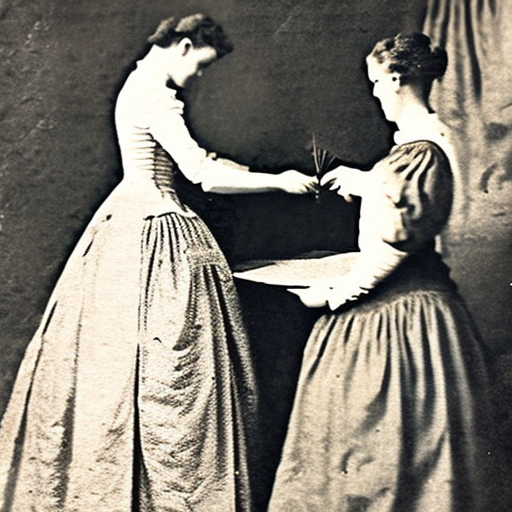The Art of Knitwear Sewing
Knitwear, also known as knitted fabric, is a popular choice for creating clothing items due to its unique texture, stretchability, and comfort. To make the most of your knitwear projects and ensure professional-looking results, mastering some basic knitting sewing techniques is essential.
Choosing the Right Tools
Before you start sewing your knitwear pieces together, it’s important to gather the right tools:
- A sewing machine with adjustable stitch settings
- Sewing needles specifically designed for knit fabrics
- Elastic or stretchy thread
- A rotary cutter or fabric scissors with sharp blades
- Pins or clips
Selecting the Appropriate Stitch
When it comes to sewing knitwear, using the right stitch is crucial. Unlike woven fabrics, knit fabrics stretch and need stitches that can accommodate this flexibility. The following stitches are commonly used:
- Zigzag Stitch: This stitch allows the fabric to stretch without breaking the seams.
- Overlock Stitch: Also known as a serger stitch, it trims the excess fabric while enclosing the raw edges for a clean finish.
- Double Needle Stitch: This stitch creates parallel lines of stitches, resembling a store-bought finish.

Image source: Knitting Paradise
Preparation is Key
Before starting to sew your knitwear pieces, take some time to properly prepare them:
- Wash and dry your fabric to account for any possible shrinkage.
- Use an iron or fabric steamer to remove any wrinkles, as they can affect the accuracy of your measurements.
- Layout your pattern pieces on the fabric, ensuring you follow the grainline and any stretch directions indicated.
- Secure your pattern pieces to the fabric using pins or clips, making sure they don’t shift during sewing.
Seaming and Finishing Techniques
When it’s time to sew your knitwear pieces together, consider the following techniques:
- Use a serger for side seams, shoulder seams, and waistbands to secure the fabric and prevent fraying.
- For hems, opt for a double needle stitch or a cover stitch to maintain stretch and achieve a professional finish.
- When adding closures, such as buttons or zippers, reinforce the area with fusible interfacing to prevent stretching and ensure longevity.
- Topstitching can be a decorative and functional element, providing extra reinforcement to specific areas.
Experimentation and Practice
As with any sewing technique, practice makes perfect. Experiment with different stitch lengths, tensions, and fabric combinations to find what works best for you and your knitwear projects. Remember to keep a record of your settings and techniques for future references.
Conclusion
Mastering knitwear sewing techniques opens up a world of creative possibilities. By selecting the right tools, stitches, and practicing good preparation, seaming, and finishing techniques, you’ll be able to create beautiful and comfortable knitwear garments that will impress both yourself and others.




